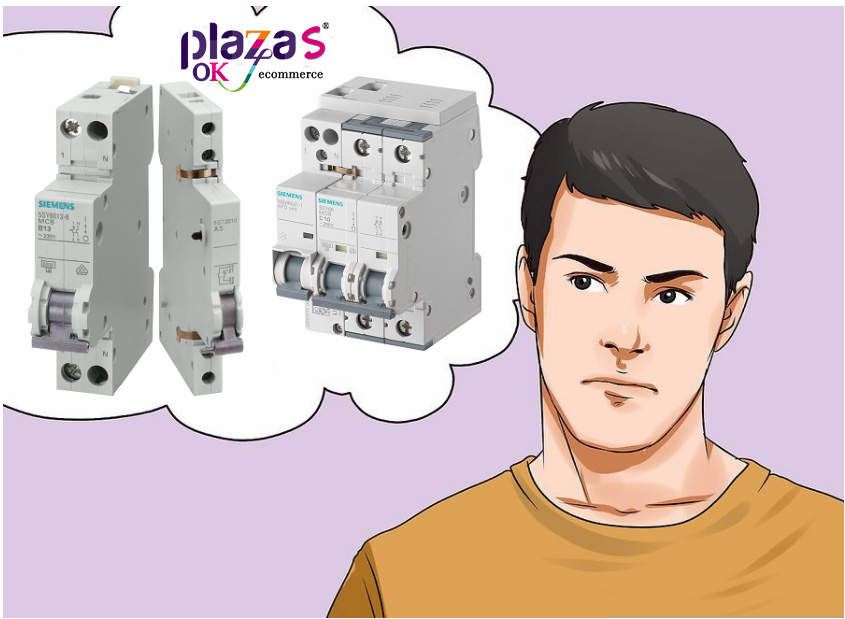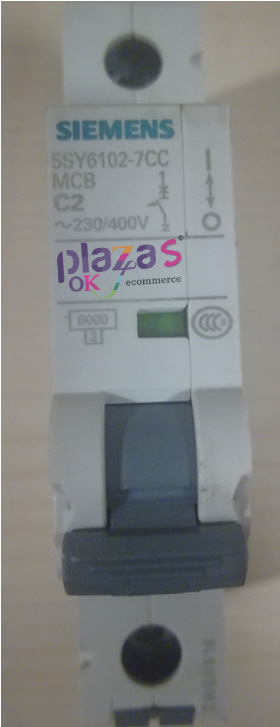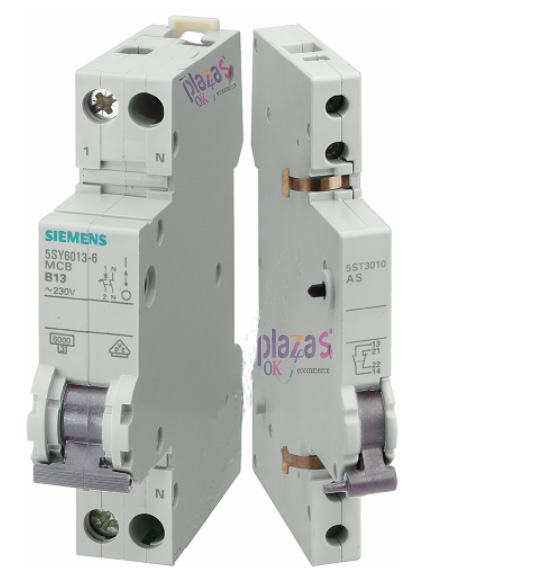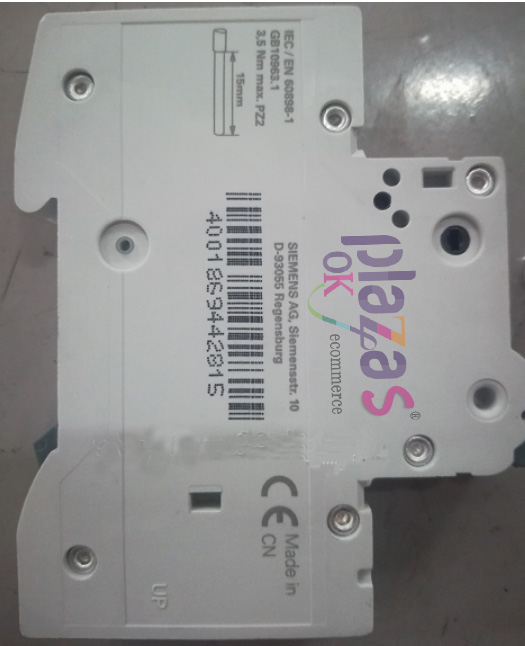Field story starting from a tripped miniature circuit breaker
Field story starting from a tripped miniature circuit breaker
One day, the on-site personnel told me that an air switch of the device had tripped. I went to the site and found that the fault was a Siemens miniature circuit breaker connected to the printing device. Miniature circuit breaker, English name
Called "Micro Circuit Breaker", abbreviated as "MCB", it is often used for power distribution control of three-level circuits. The circuit breakers used in home power distribution are also miniature circuit breakers, commonly known as "air switches". In today's article, we will start with this miniature circuit breaker.

First, let's briefly introduce the circuit breaker (Circuit Breaker).
A circuit breaker is a component used to connect, carry, and break current in the main control circuit.
Active components. The so-called "active component" means that it can automatically cut off the circuit in the event of a short circuit or overload, and play a protective role. In addition to circuit breakers, fuse is also an active component.Circuit breakers can be divided into three categories in terms of structure: Air Circuit Breakers (Air Circuit Breakers)
Breaker, ACB), Molded Case Circuit Breaker (Moulded Case Circuit Breaker,
MCCB) and Micro Circuit Breaker (MCB). The protagonist of this article is a miniature circuit breaker. Let's take a look at its true content:

We see the words "MCB" on the circuit breaker, indicating that this is a miniature circuit breaker. Above the "MCB" character is the product order number: 5SY6102-7CC. The order number contains a lot of information about the product. For a better description, I made the following picture:

The following is a detailed explanation of the code in the order number:
"5SY" is the model of the circuit breaker. The models of Siemens miniature circuit breakers are: 5SP, 5SU and 5SM. The number "6" is the breaking capacity code, which means "6kA". The breaking capacity here refers to the operating short-circuit breaking capacity (Ics, some also written as Icn). The so-called "operational short-circuit breaking capacity" refers to the breaking capacity of the circuit breaker under specified voltage, current, power factor and other conditions, and it can continue to work normally after breaking (without damage). There is also a breaking capacity called "Ultimate Short Circuit Breaking Capacity", abbreviated as "Icu". The so-called "limit short-circuit breaking capacity" refers to the breaking capacity of the circuit breaker under specified voltage, current, power factor and other conditions, and whether it can continue to work normally after breaking (it may be damaged) is not considered. The ultimate short-circuit breaking capacity of Siemens 5SY6 series miniature circuit breakers can reach 30kA. The number "1" represents the number of poles of the circuit breaker (Pole). The number of poles is used to indicate the number of wires supported by the circuit breaker. Common types are 1P, 2P, 3P, 4P, 1PN, and 3PN. One pole (1P) means there is one phase wire; three pole (3P) means there are three phase wires; two pole (2P) means a combination of a phase wire and a neutral wire, and both wires have overcurrent protectors; Quadrupole (4P) refers to the combination of three phase wires and neutral wires, and four wires have overcurrent protectors; "1PN" is also a phase wire and neutral wire
However, only the phase line has a protection device, and the neutral line only plays a role of breaking; the same is true for the same "3PN".
In Siemens 5SY type, the code of "1P" is "1", the code of "2P" is "2", and the code of "3P"
Is "3", the code for "4P" is "4", the code for "1PN" is "5", and the code for "3PN" is 6. For example: 5SY6608-7CC, is the "3PN" type miniature circuit breaker. The number "02" represents the rated current (In) of the circuit breaker. Generally, the digital value is the current value, for example, "02" means "2A", "80" means "80A" and so on. But there are also products less than 1A, such as "05" for "0.5A" and "14" for "0.3A". "7CC" means that the tripping characteristic of the circuit breaker is "C" characteristic. The tripping characteristics of miniature circuit breakers include: B characteristics, C characteristics, D characteristics and K characteristics. The tripping current of the B characteristic is 3~5 times of the rated current; the tripping current of the C characteristic is 5-10 times of the rated current; the tripping current of the D characteristic is 10-50 times the rated current; the tripping of the K characteristic The current is 10 to 14 times the rated current. There is the word "C2" on the circuit breaker, which indicates the C-type tripping characteristic and the rated current of 2A.
The above mentioned is the order information of the circuit breaker module itself. In addition, the miniature circuit breaker can also add auxiliary contacts to transmit its closed or broken status signal to the PLC. The auxiliary contact module can be coupled to the circuit breaker module to form a whole. As shown below:

Let's talk about the installation and disassembly of the circuit breaker.
There is a buckle on the back of the circuit breaker. When installing, push the buckle down and it can be clipped to the guide rail, making it easier to install. As shown below:

When disassembling, because the buckle is already stuck on the guide rail, it must be withdrawn first. Some circuit breakers have an exit port under the buckle, which can be pulled down to move the buckle down and exit the guide rail; some circuit breakers have a handle that drags outwards at the bottom, and the handle needs to be pulled out to allow the card Deduct and exit, as shown below:

Okay, let’s stop here today.





